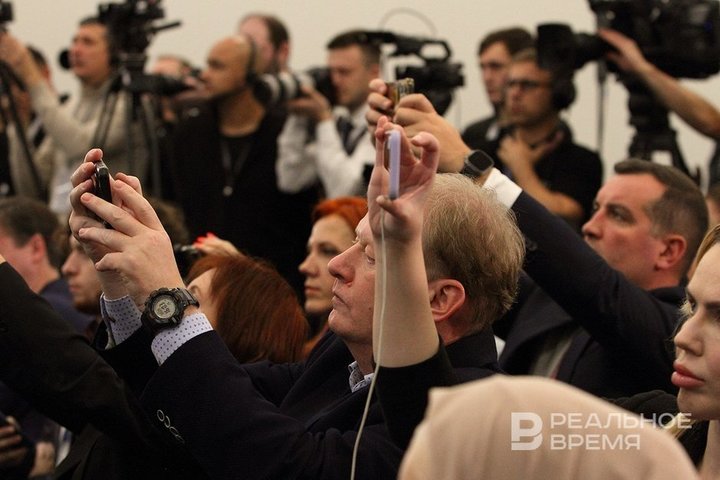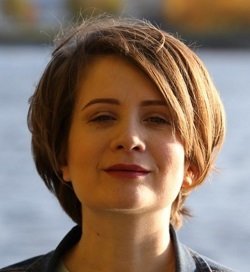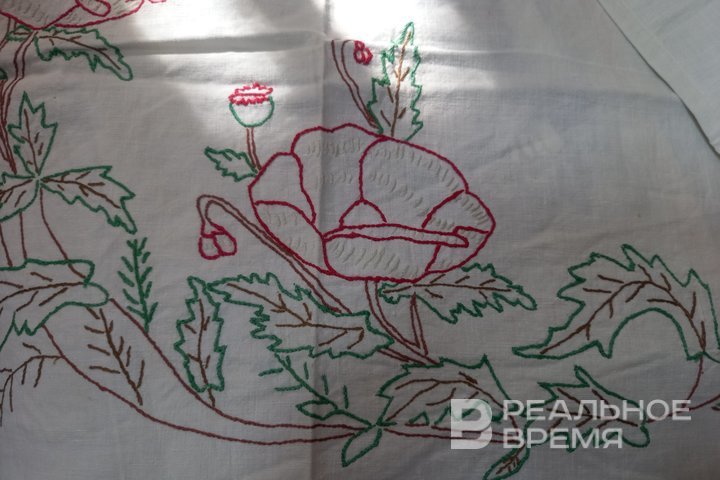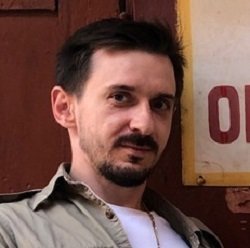“People still come up to me and ask: ‘Did you really vacuum a mammoth?”
How journalists can support museums beyond writing exhibition reviews

Museum professionals and journalists collaborate to create new projects. This was discussed at the Museum Guide forum organised by the Potanin Foundation, held as part of the Intermuseum Festival. Among those sharing successful case studies was Radif Kashapov, the deputy editor-in-chief of Realnoe Vremya online newspaper.
“I don’t openly criticise myself — I moderate the comments”
Collaboration between journalists and museums is not limited to attending exhibitions and writing reviews. The clearest and most contemporary example in media is the author’s blog. One such blog — Ekatarsis — is run by Anna Filosyan, who has nearly 14,000 subscribers. She writes both short posts and publishes scholarly research. For example, her interview with Elizaveta Likhacheva, the recent director of the Pushkin Museum, was widely shared across networks.
The blog’s author has her own sticker pack and actively engages with her audience. Recently, the local Night of Museums event sparked lively debates. Incidentally, readers help Anna handle criticism:

Filosyan, in particular, has collaborated with the portal Kultura Urala, working on the podcasts Surovyy Kholst and Ural v Gosti Pozval. Together with the portal’s team, they organised an online marathon during the aforementioned Night of Museums event, where the blogger, under the watchful eyes of thousands, moved around the city. In an online format during the pandemic, she also opened one of the exhibitions at the IZО Museum. This is in addition to giveaways, open discussions, and lectures. An interesting project involved museum visitors receiving postcards, which Filosyan then sent out by mail. At a local lab, she found an assistant who sometimes attends exhibitions on her behalf.
Another interesting case is the curatorial selection and guided tour of the contemporary art fair for the Yeltsin Centre. Ekatarsis also has its own club with a private chat of over 500 members, through which tickets are sold for special tours, exhibitions with discussions, and more. Different people attend each time, and tickets sell out within half an hour, the author notes.

“Departmental museums are a true treasure trove”
Ilya Pronchenko, a historian by training and host of the blog Cherez Zabor from Chelyabinsk, previously worked at a factory before deciding to tell stories about industrial enterprises. He shared the story of writing a book about the city of Satka, located between Chelyabinsk and Ufa. The city is over 250 years old and originated from the Troitsko-Satka iron smelting and forging plant.

After the concept was approved, Pronchenko began writing — and revised the text three times. In his search for materials, he worked extensively with factory museums.
“Departmental museums are a true treasure trove, an underestimated group of sites that journalists and historians can explore to uncover hidden gems,” noted the local historian. In Chelyabinsk, he cited the tractor factory, where one can find albums dedicated to jazz, and the metallurgical plant with reels capturing the lives of workers.
What to do when a city has only four accessible museums
Unfortunately, noted Natalia Kurik, the author of programs on the Gubernia TV channel in Khabarovsk, sometimes there are so few museums in a city that one has to get creative. The nearest major centre is 430 km away. Khabarovsk has three regional museums and one private museum, the World of Talking Machines. All the others are departmental museums, where filming requires special permission. At the same time, these museums need renovation.

For example, viewers are interested in behind-the-scenes content. A few years ago, Kurik filmed a series of reports for the regional museum’s anniversary. The most popular segment turned out to be the cleaning day.
“I gained journalistic weight, had a child, but people still come up to me and ask, ‘Were you the one vacuuming the mammoth?” Kurik shared.
She has now launched a project called City in Details. After making a story about a local artist who was a veteran of the Great Patriotic War, she discovered he had created numerous mosaics.
“When they told me about this at the museum, I ran off and saw them for the first time,” said Kurik. “I saw a goddess on a Khrushchyovka building. I froze, found an art historian, and we went exploring around the city.”
Personalising history
Radif Kashapov spoke about a project that emerged during the pandemic. The Kazan Chak-Chak Museum actively developed online communication with its audience. The idea arose — since its staff work in the house of the second guild merchant Vafa Bigaev, why not personalise him. The debut role was taken on by director Dmitry Polosin. His Bigaev existed simultaneously in the 19th and 21st centuries. Therefore, he wore a kaftan, boots, a tubeteika, as well as a mask and a pedometer. The merchant expressed opinions on urban planning and lamented that the Sennoy Market no longer exists in Kirov Garden.
Such personalisation is characteristic of small institutions. In particular, for branches of the National Museum — Sharif Kamal, Kayum Nasyri, Salikh Saydashev. They are led by young directors interested in new methods of promotion.
Therefore, at the Sharif Kamal Museum, a play about the life of his family was staged, and the heroines of the exhibitions became the custodians, the first of whom was his daughter. The Salikh Saydashev Museum, which promises to become a museum of music by the end of the year, not only held concerts and exhibitions but also organised a promenade about the life of the composer with the help of actors from the Kariev Theatre. The Kayum Nasyri Museum, which is expected to begin reconstruction this year, became one of the locations for the promenade about the great enlightener. Here, a festival for lovers of Tatar costume will also take place. At Smena, an exhibition about the Sotonin avant-garde dynasty opened successfully.
Museums are truly a treasure trove of knowledge, and meticulous journalists should be the people who not only review exhibitions but also help inspire new projects.